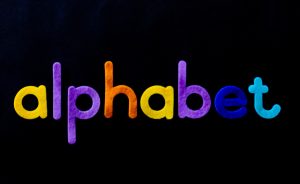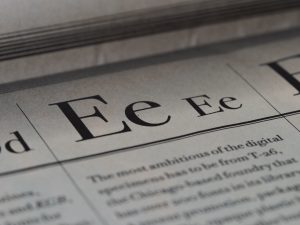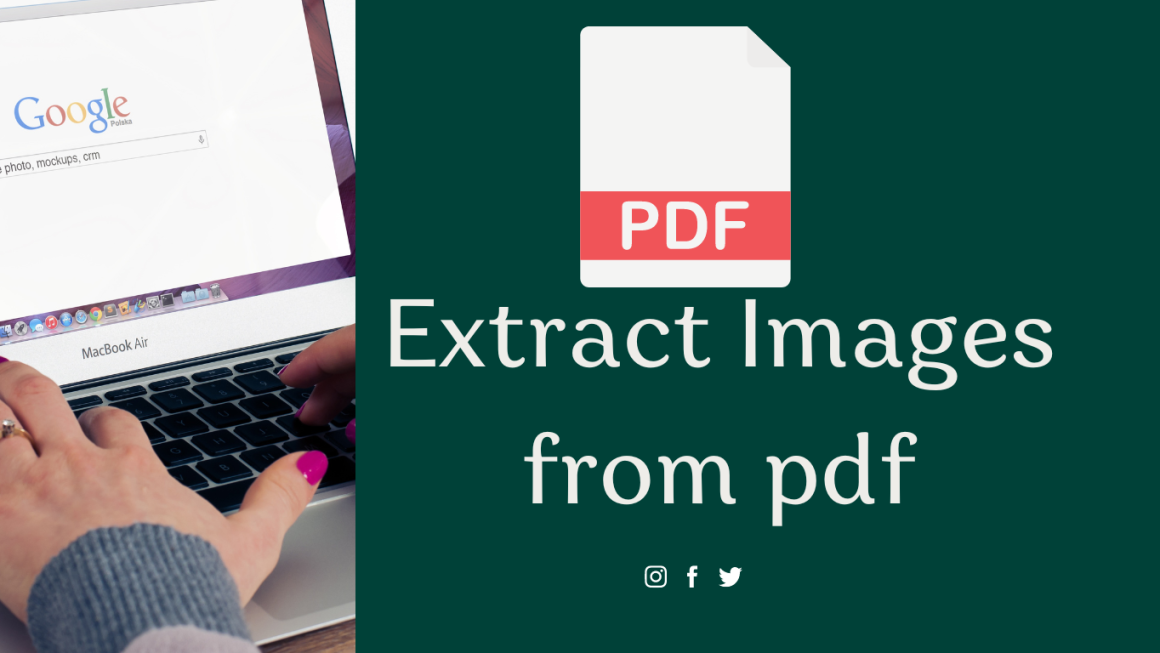Introduction
Typography is the unsung hero of design, silently shaping the way we perceive everything from a brand’s identity to a website’s readability.
In this concise guide, we’ll unlock the creative world of fonts and reveal a treasure trove of free typography resources that every designer should have in their arsenal. Prepare to transform your design projects with fonts that speak volumes, without breaking the bank.
The Significance of Typography in Design
Typography holds immense significance in design, acting as a powerful communicator in the visual realm. Beyond its primary function of conveying textual information. Typography wields the ability to evoke emotions, establish brand identities, and guide user experiences. The choice of fonts, their sizes, spacing, and alignment can subtly influence a viewer’s perception of a design’s message. And the credibility of the content.
In essence, typography serves as a silent storyteller, shaping the narrative and tone of a design project. Whether it’s a minimalist logo, an engaging website, or a striking poster, understanding the significance of typography is the first step in creating compelling and effective visual communication.

Types of Fonts
Understanding the world of fonts is akin to having a painter’s palette filled with various colors and brushes.
In typography, the canvas is your design, and the fonts are the brushes that shape the visual narrative. Fonts come in an array of classifications, each with its own personality and purpose.
1. Serif Fonts:
– Recognizable by the decorative strokes at the end of characters.
– Exude a sense of tradition, formality, and authority.
– Often used in print media, books, and formal documents.

2. Sans-Serif Fonts:
– Characterized by clean lines and absence of decorative strokes.
– Convey a modern, minimalistic, and straightforward look.
– Popular for websites, digital interfaces, and contemporary designs.
3. Script Fonts:
– Mimic handwriting styles, adding a personal touch to designs.
– Evoke a sense of creativity, elegance, and informality.
– Suitable for invitations, greeting cards, and artistic projects.

4. Display Fonts:
– Bold and eye-catching, designed to draw attention.
– Ideal for headlines, logos, posters, and branding materials.
– Offer a wide range of creative styles to match specific themes.
Choosing the Right Font for Different Design Projects:
1. Consider the Message:
– Align the font choice with the message you want to convey.
– Serif fonts can convey tradition and authority, while sans-serif fonts offer a more modern and straightforward look.
2. Audience and Readability:
– Think about your target audience and the readability of the font.
– Script fonts may add a personal touch, but they can be challenging to read in long paragraphs.
3. Branding and Consistency:
– For branding, ensure font choices align with the brand’s identity.
– Maintain consistency by using the same fonts across various brand materials.

4. Medium and Usage:
– Consider where and how the text will be displayed.
– Display fonts work well for eye-catching headlines, while sans-serif fonts may be better suited for web content.
5. Emotional Impact:
– Fonts have the power to evoke emotions; choose accordingly.
– Serif fonts can feel formal and trustworthy, while script fonts convey warmth and creativity.
6. Test and Evaluate:
– Before finalizing a font, test it in different contexts and sizes.
– Ensure it maintains readability and visual appeal across various design elements.
7. Flexibility and Hierarchy:
– Create a hierarchy of fonts for your design to guide the viewer’s attention.
– Use contrasting fonts (serif with sans-serif, for example) to create visual interest.
Where to Find Free Typography Resources
Exploring the world of free typography resources is made easy with a variety of trusted websites and platforms at your fingertips. Here’s a quick glimpse of some noteworthy sources:
A. Google Fonts: Google Fonts boasts an extensive library of open-source fonts that are not only free to use but also web-ready, making them a top choice for online projects.

B. Adobe Fonts (formerly Typekit): If you’re looking for high-quality fonts, Adobe Fonts offers a vast selection, and it’s seamlessly integrated with Adobe Creative Cloud applications for designers’ convenience.
C. DaFont: DaFont is a go-to resource for an eclectic mix of user-contributed fonts, ranging from whimsical to professional, all available for free personal use.
D. Font Squirrel: Font Squirrel curates a collection of hand-selected, high-quality fonts that are not only free but also licensed for commercial use, making them a valuable find for professional designers.

E. Cufon Fonts: Cufon Fonts is a web font technology that lets designers use custom fonts on websites, improving design aesthetics without sacrificing browser compatibility or readability.
F. Urban Fonts: Urban Fonts is a popular online platform known for its diverse collection of contemporary and edgy fonts. It offers both free and premium fonts suitable for a wide range of design projects, making it a valuable resource for designers seeking unique and eye-catching typefaces to enhance their work.
G. FontShare: FontShare is a platform for sharing and downloading free fonts, offering a wide selection of typefaces for designers and creatives to use in their projects.
These resources offer a diverse selection of fonts, each with its own unique characteristics, making them valuable assets for designers.
Using Typography Effectively
Using Typography Effectively provides valuable tips and best practices for designers to maximize the impact of typography in their designs.
It emphasizes the significance of font pairing and hierarchy, guiding designers in creating visually appealing. Also guides in harmonious layouts that enhance readability and convey the intended message with clarity.
Typography Tools and Software
Typography Tools and Software introduces free tools and software options for designers to streamline their typography work. It not only lists essential software but also provides practical examples and tutorials when applicable, empowering designers to master the art of typography and enhance their design projects efficiently.
Licensing and Attribution
Licensing and Attribution is a crucial aspect of typography that emphasizes the importance of comprehending font licenses. This section offers guidance on using fonts legally and responsibly, with particular emphasis on navigating the licensing terms of free font resources.
Understanding these licenses ensures designers stay within legal boundaries, avoiding potential copyright issues and ensuring ethical and responsible use of fonts in their creative projects.
Showcase of Creative Typography Examples
It presents a visual exploration of designs that skillfully utilize typography to convey messages and enhance visual impact. This section not only shares compelling examples but also provides insightful analysis, highlighting the key elements that make these designs stand out. It serves as a source of inspiration for designers, offering valuable insights into the art of using typography as a powerful visual tool.

Typography Trends
It sheds light on the latest typography trends in the dynamic world of design. It not only showcases the current trends but also offers guidance on how designers can stay updated and seamlessly incorporate these trends into their projects.
This section serves as a valuable resource for designers seeking to keep their typography skills fresh and aligned with the ever-evolving design landscape.
Conclusion
In conclusion, this blog has been a comprehensive journey through the world of typography, offering key takeaways for designers to consider. We’ve explored the significance of font choices, delved into various font classifications, and discussed the art of using typography effectively.
I encourage all designers to tap into the wealth of free typography resources mentioned here to elevate their design projects. Your choice of fonts can truly transform your creations. Lastly, I invite you to share your own favorite typography resources or experiences in the comments below. Let’s continue the conversation and learn from one another’s creative journeys.




